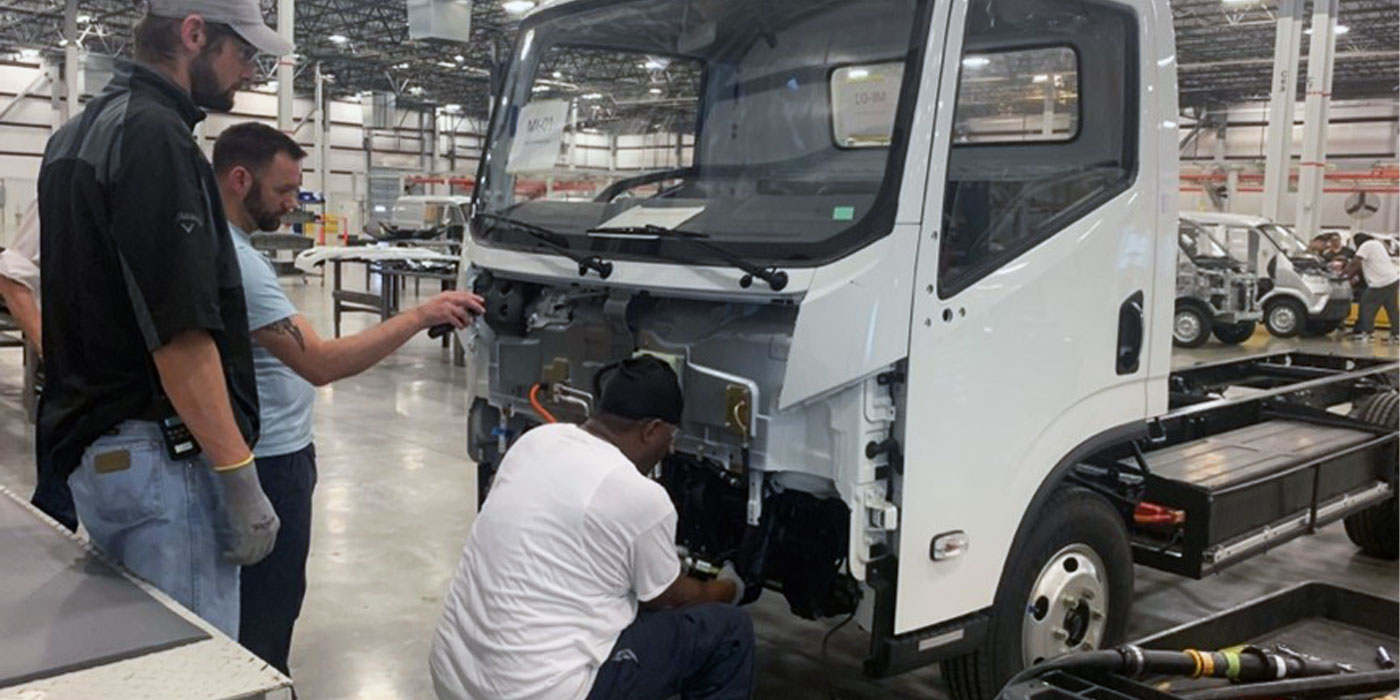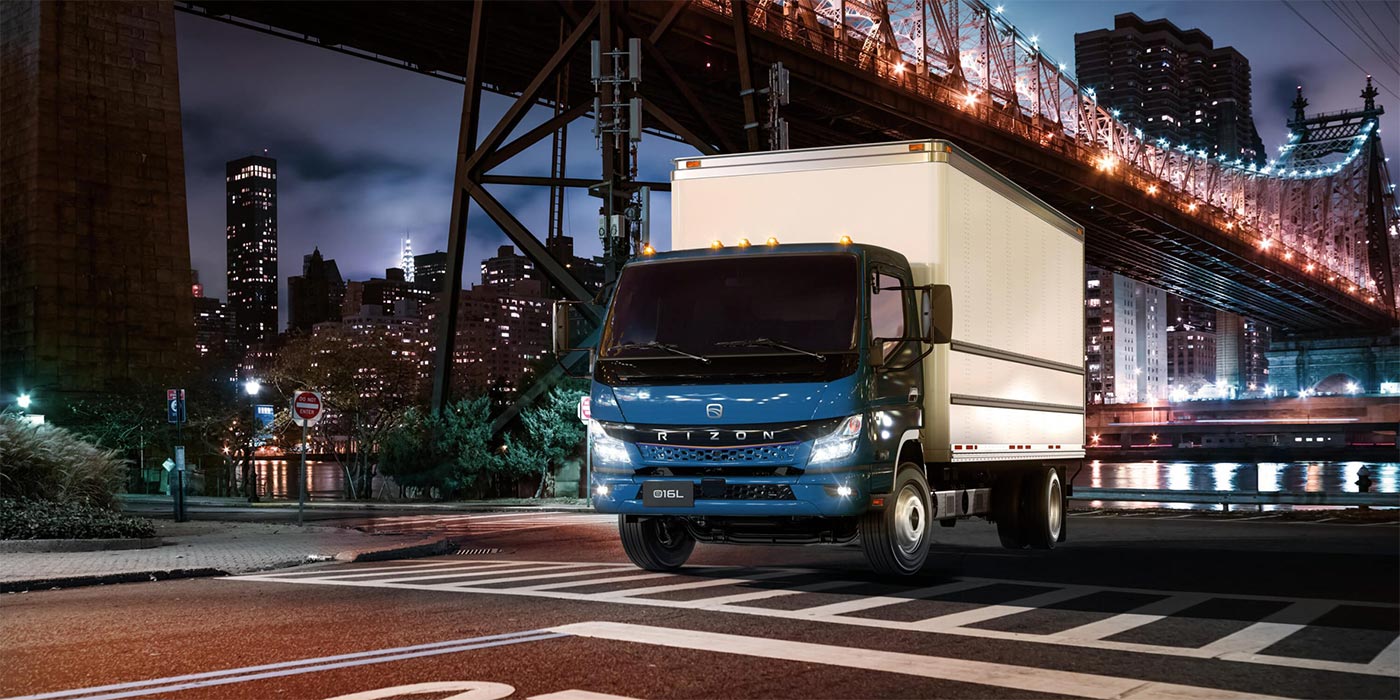In today’s high-priced-gasoline world, you hear a lot about two strong contenders as viable ways to eliminate – or at least severely lessen – the U.S.’s reliance on oil: battery-electric and hydrogen. But, of these two, hydrogen seems to have the most question marks associated with it.
On the one hand, hydrogen has a lot of plusses in the pros & cons list. It’s renewable and readily available – I mean, it extractable from water. It’s also a relatively clean energy source, depending on the extraction process, when compared to fuels like gasoline. Hydrogen fuel cells also have some of the benefits of battery electric, like emitting no noise, and even have much faster charging times than batteries on the market today.
But, here’s the big, giant stick in the mud when it comes to hydrogen: Cost. The problem is that hydrogen has less energy per unit volume than other fuels. This means the entire supply chain – transportation, storage, delivery, and everything in between – is typically more expensive on a per gasoline gallon equivalency.
Because of this, while hydrogen cars and trucks certainly do exist, their use cases are few and far between as the technology stands today. But, there are a lot of very smart companies out there pushing the envelope and finding ways to make hydrogen both more viable and cheaper.
Here’s a great viability use-case: Combining battery electric and hydrogen into one vehicle, like the UK’s Tevva, and its fuel cell-supported heavy goods vehicle. First off, it’s an electric vehicle, no qualms about that, but it uses a hydrogen fuel cell system to top up the battery, acting more like a range extender than the sole source of range.
Tevva isn’t the only one with this idea, following in the footsteps of truck OEM legends like Daimler Trucks and Volvo Trucks, who are both working on similar hydrogen-based fuel cell electric vehicle ideas in their respective businesses.
Here’s another idea: Just make hydrogen cheaper.
Researchers are coming at this idea from lots of different directions, and one of the exciting ones comes from a group of Australian nanotechnology researchers at Deakin University. They say they have made a breakthrough process that offers a novel way to separate, store and transport huge amounts of the gas safely, with no waste.
Now, traditional oil refinery methods use a high-energy “cryogenic distillation” process. Instead, it’s used to separate crude oil into the different gases used by consumers, like gasoline or household gas. This process makes up – get this – 15% of the world’s energy use, the researchers say.
They add they have a completely different way of separating and storing gases, which uses a tiny fraction of the energy and creates zero waste. They use an ingredient called boron nitride powder, which is great for absorbing substances because it is so small, yet has a large amount of surface area for absorption. Once absorbed into this material, the gas can be transported and, then, when the gas is needed, the powder can be heated in a vacuum to release the gas unchanged.
Hydrogen is a huge business, so if this method or any one of a dozen others should catch on as an effective production solution, we may be seeing more hydrogen-powered vehicles on our roads sooner than we might expect.
Now, one thing to mention about hydrogen before we end here: I mentioned before that hydrogen is renewable and readily available, and is clean compared to gasoline. That’s all true in a general sense, but it’s important to mention there are a lot of ways to produce hydrogen, and some are cleaner and some are cheaper than others.
These hydrogen production processes are coded by color, and there are nine of them. The three you probably hear about most often is green, grey and blue hydrogen, and these tend to be the most common codes thrown around in the automotive space.
Green hydrogen is produced through water electrolysis with renewable electricity, like wind and solar. Grey is essentially the exact opposite, producing hydrogen via fossil fuels and releasing CO2 into the atmosphere. Blue hydrogen is somewhere in the middle – it’s sourced from fossil fuels, but the CO2 is captured and stored someplace, so it’s generally considered to be carbon neutral.
While these classifications don’t really matter when it comes to the end product, they do matter in terms of hydrogen’s cost and decarbonization efforts. As hydrogen finds more ways to become useful by businesses and consumers, you’re likely going to hear these colors and other less common hydrogen-related ones thrown around a lot, like red, brown and even turquoise. And, if you care about the cost of refueling your fuel cell or its effect on your environment, you’ll likely become attached to one.













